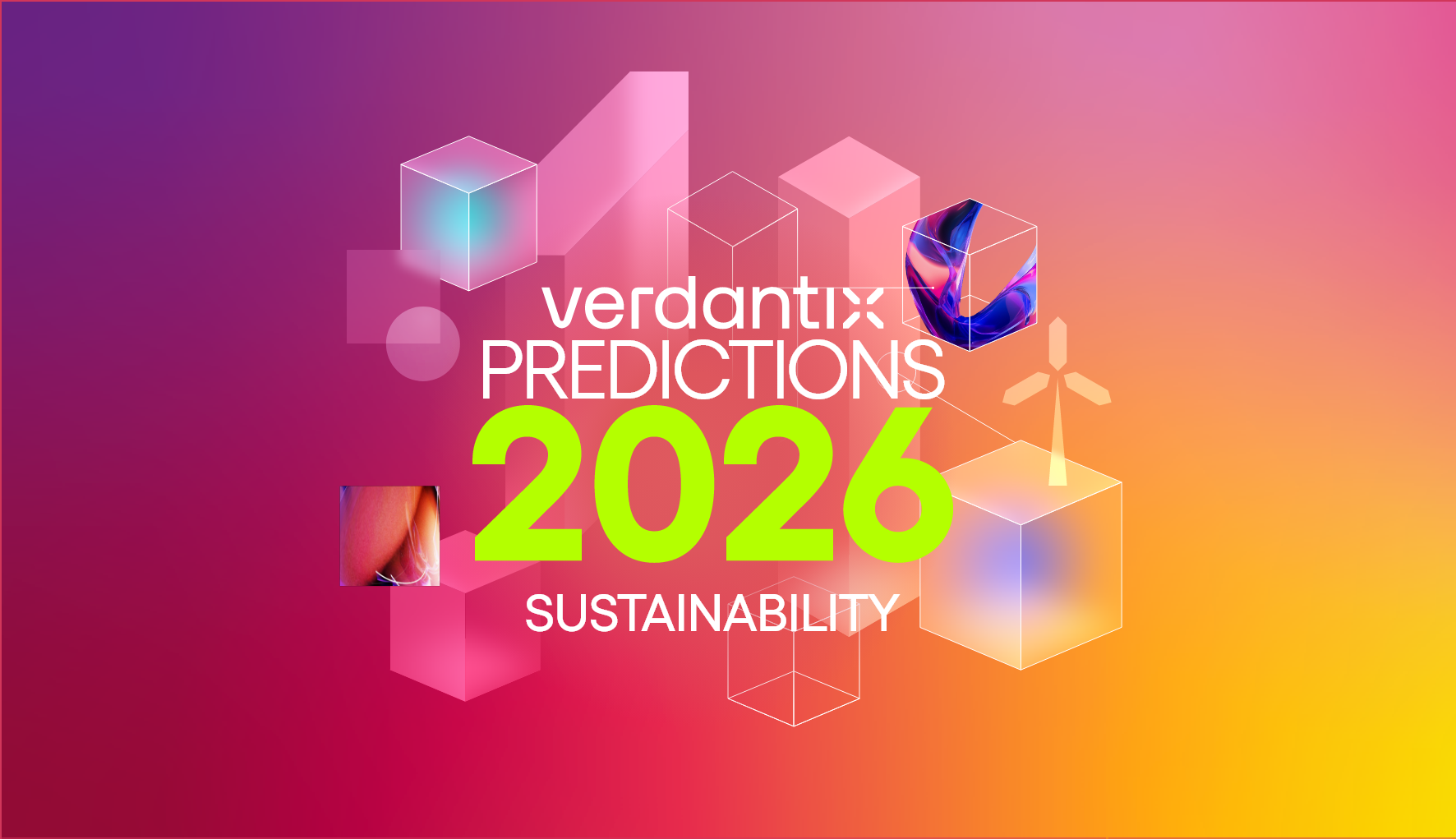Beyond Carbon: The Veiled Biodiversity Crisis
Biodiversity is playing second seat at the ESG orchestra, firmly in the shadow of all things carbon reduction and net zero. COP26 proved to be the boiling point with regards to net zero in 2021, a year which saw scores of firms pledging carbon reduction goals, the release of the SBTi’s net zero standard, and investor and popular pressure moving against net-zero laggards. Yet behind the monolithic issue of carbon – and global warming more generally – lurks ‘biodiversity’. Once the preserve of sustainability teams, biodiversity is moving into the limelight. How will this impact net zero strategies?
Mark Versey, CEO of Aviva Investors, issued a warning to firms in this year’s annual letter: comply with net zero by 2050; integrate ‘biodiversity impacts and associated mitigation strategies’ into climate plans. And although hype is focused on the TCFD, momentum is building behind its nature-related counterpart, the TNFD. The taskforce today announced that a number of organizations, including the CDP, GRI, SASB, and Science Based Targets Framework were participating as knowledge partners to support the TNFD.
There is a clear moral incentive to preserving biodiversity. But where is the financial impetus? Greenhouse gas emissions have long been recorded as a ‘CO2 equivalent’, giving stakeholders a handy metric to examine performance. Biodiversity is harder to quantify. The clearest impact is within offsetting strategies, notably those focusing on reforestation or afforestation. Nature-based carbon credits are currently popular with consumer facing brands, seeking to avoid greenwashing accusations inherent in REDD+ credits. But brands are exposing themselves to future risk from increasingly climate-savvy stakeholders.
45% of all afforestation offsets consist of fast growing trees, planted in monocultures. Bad for biodiversity, bad for offsetting. Unlike climate neutralization technology such as Climeworks which stores carbon on a geological timescale, trees release carbon when they die and decompose; in effect merely borrowing carbon. Biodiversity goes hand in hand with effective carbon storage; diverse natural areas are self-perpetuating carbon sinks.
Aviva’s biodiversity call to action foreshadows future stakeholder concerns. Net zero for most firms will not be achievable in the next decade, and voluntary carbon credits have an important role to play for most firms on their decarbonization journeys. Ahead of the launch of the TNFD in 2023, firms should consider their biodiversity ‘risk’. In the tumultuous ESG world, the time will come when stakeholders will be less concerned about the presence of a decarbonization goal, and more concerned with how it will be achieved. What can firms do today? Invest in high quality offset projects before VCC prices increase (see Gold Standard-certified Yarra Yarra Biodiversity Project), which will be necessary to mitigate unavoidable emissions under the SBTi. Consolidate TCFD and TNFD planning, particularly regarding governance and strategy. Communicate the benefits of a biodiverse approach to decarbonization to an interested – and listening – stakeholder audience.
About The Author

Connor Taylor
Principal Analyst





